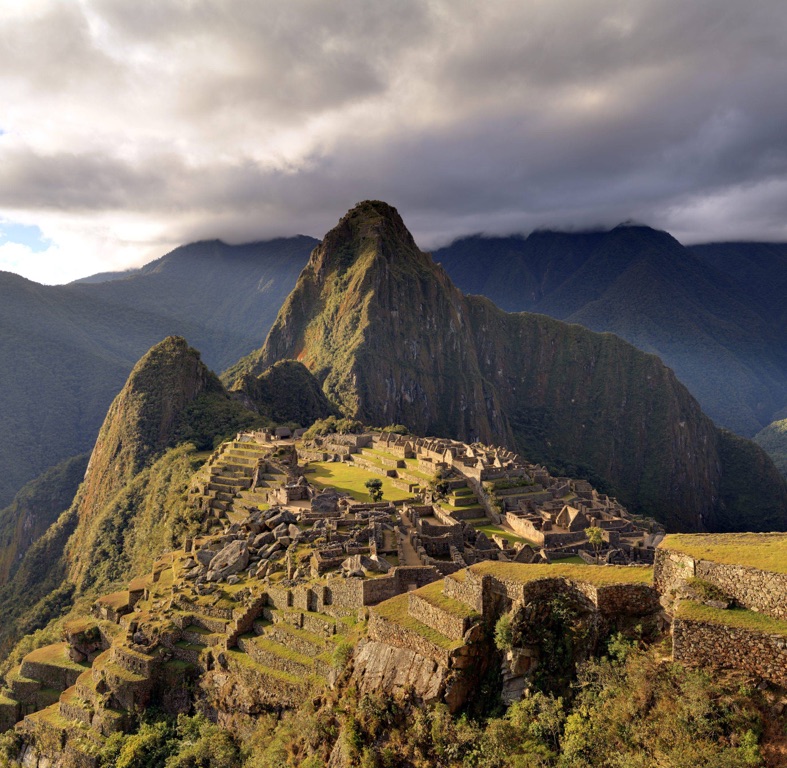The Inca Empire, also known as Tawantinsuyu, was the largest empire in pre-Columbian America. The administrative, political, and military center of the empire was located in Cusco, in modern-day Peru. The Inca civilization arose from the highlands of Peru sometime in the early 13th century. However, its last stronghold was conquered by the Spanish in 1572. The Inca were known for their unique architecture, complex agricultural techniques, and a societal structure that was both sophisticated and diverse.
Get your dose of History via Email
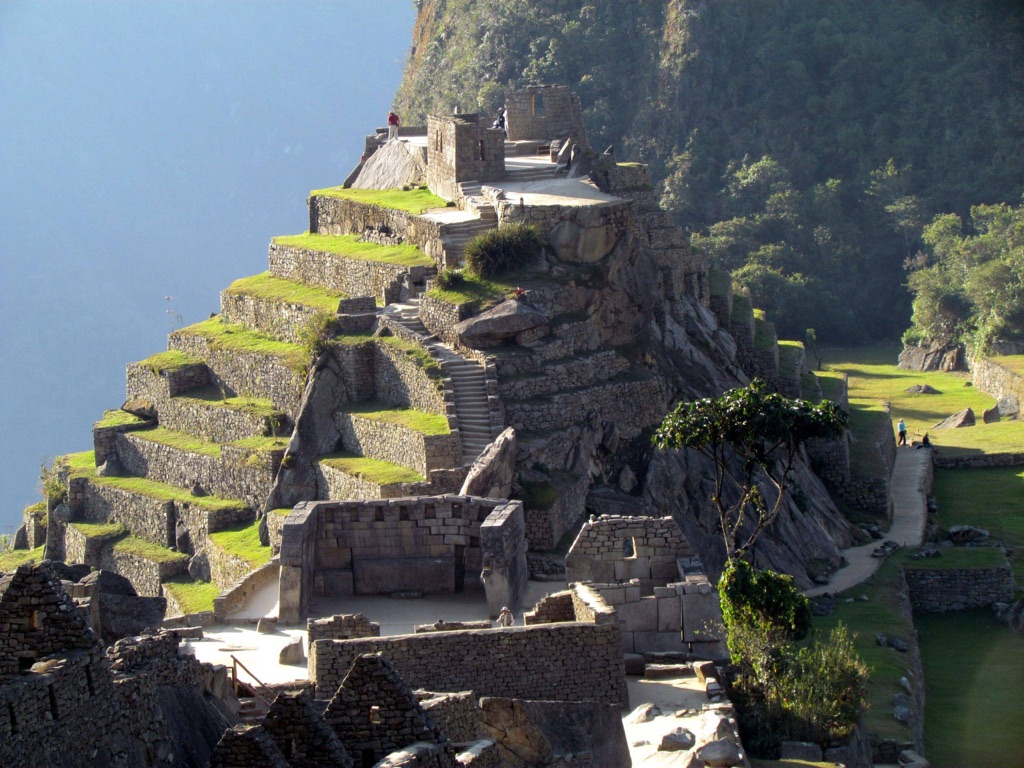
Where was the Inca Empire located?
The Inca Empire was located on the western coast of South America. It extended nearly 2,500 miles, from the modern-day countries of Colombia to Chile, making it the largest empire in pre-Columbian America.
The empire was divided into four provinces, each governed by a high-ranking noble. The provinces were further divided into districts, each with its own governor.
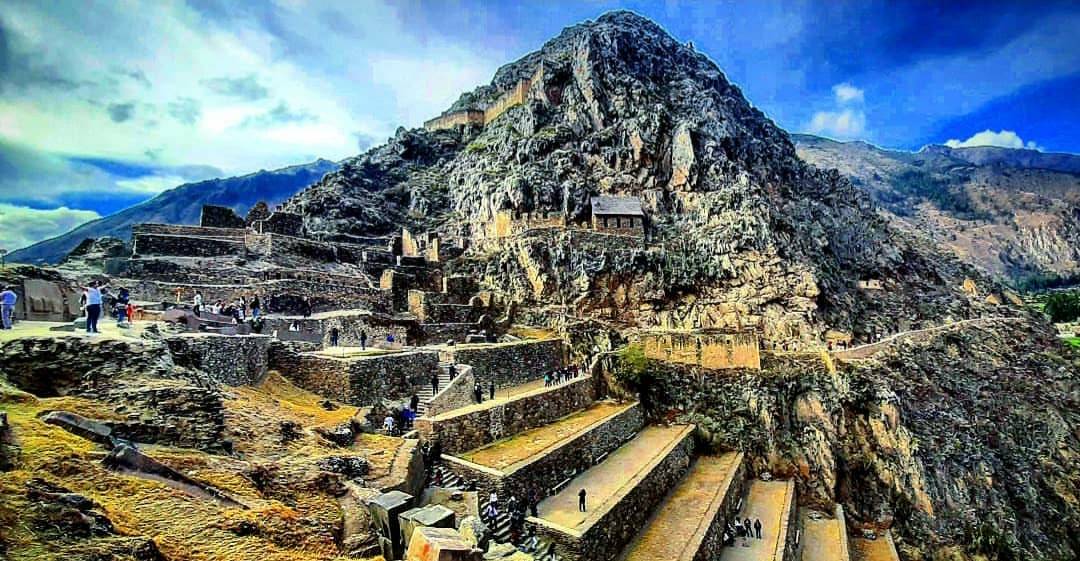
The capital of the Inca Empire was Cusco, located in present-day Peru. Cusco was the administrative, political, and military center of the empire. It was also considered the navel of the world, a sacred city.
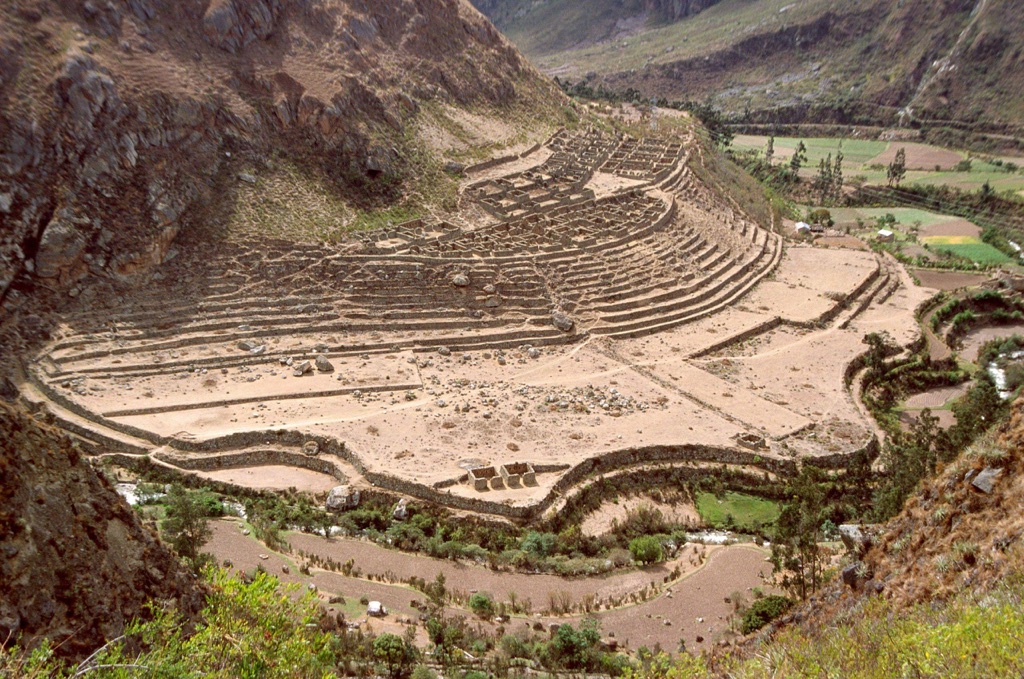
The empire’s terrain was diverse, ranging from the snow-capped Andes mountains to the lush Amazon rainforest. This diversity of ecosystems greatly influenced the Inca’s agricultural practices and architectural designs.
Despite the vast geographical extent and diverse terrain, the Inca managed to maintain strong control over the empire through an extensive road network, allowing swift communication and movement of troops.
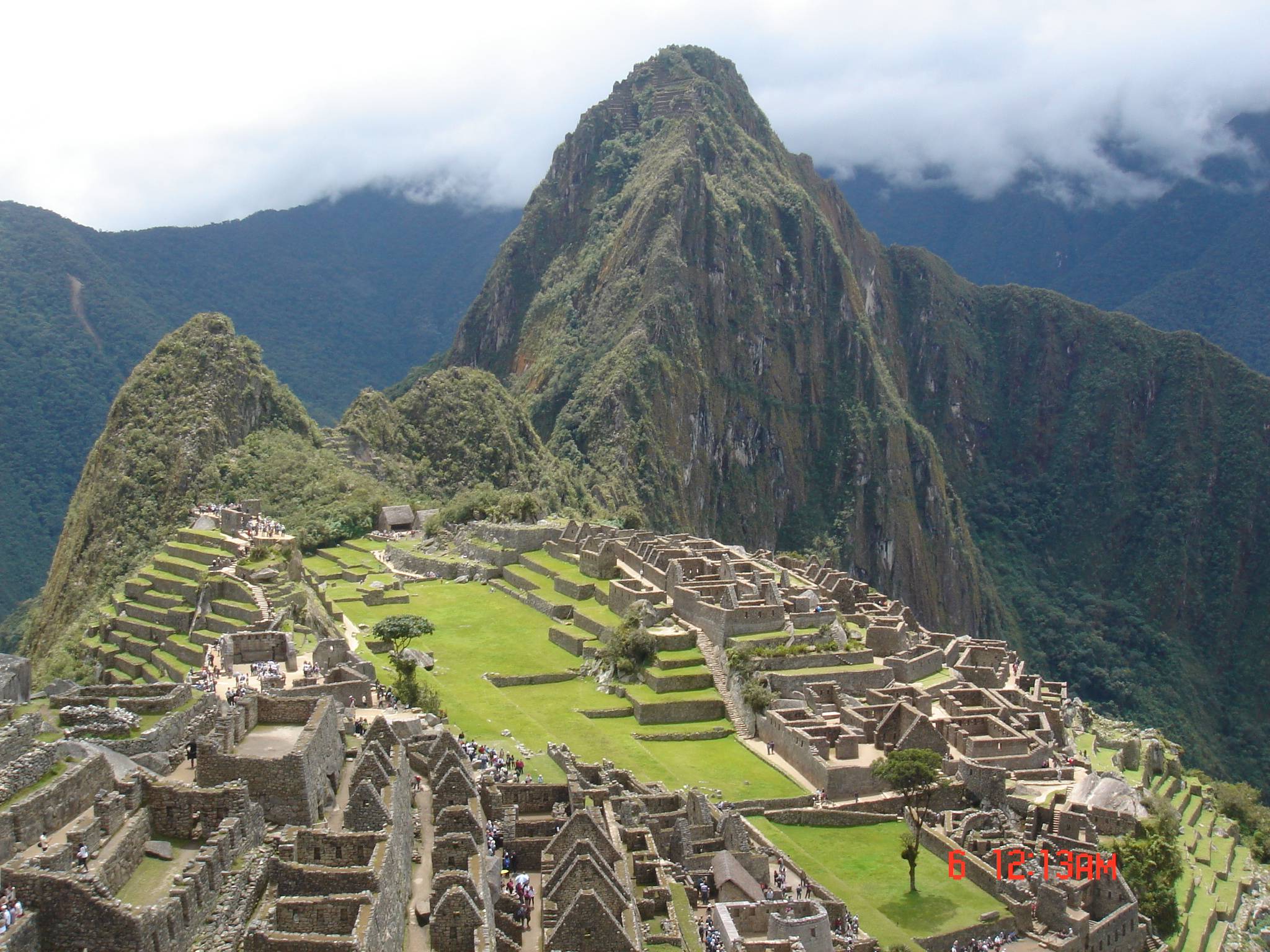
How long did the Inca empire last?
The Inca Empire lasted from the early 13th century until the Spanish conquest in the 16th century. However, the height of the Inca Empire, when it was at its most powerful and expansive, was a much shorter period, from 1438 to 1533.
The empire began with the reign of Manco Capac, who is traditionally considered the first Sapa Inca and the founder of the Kingdom of Cusco. However, the empire’s rapid expansion began with the reign of Pachacuti Inca Yupanqui in 1438.
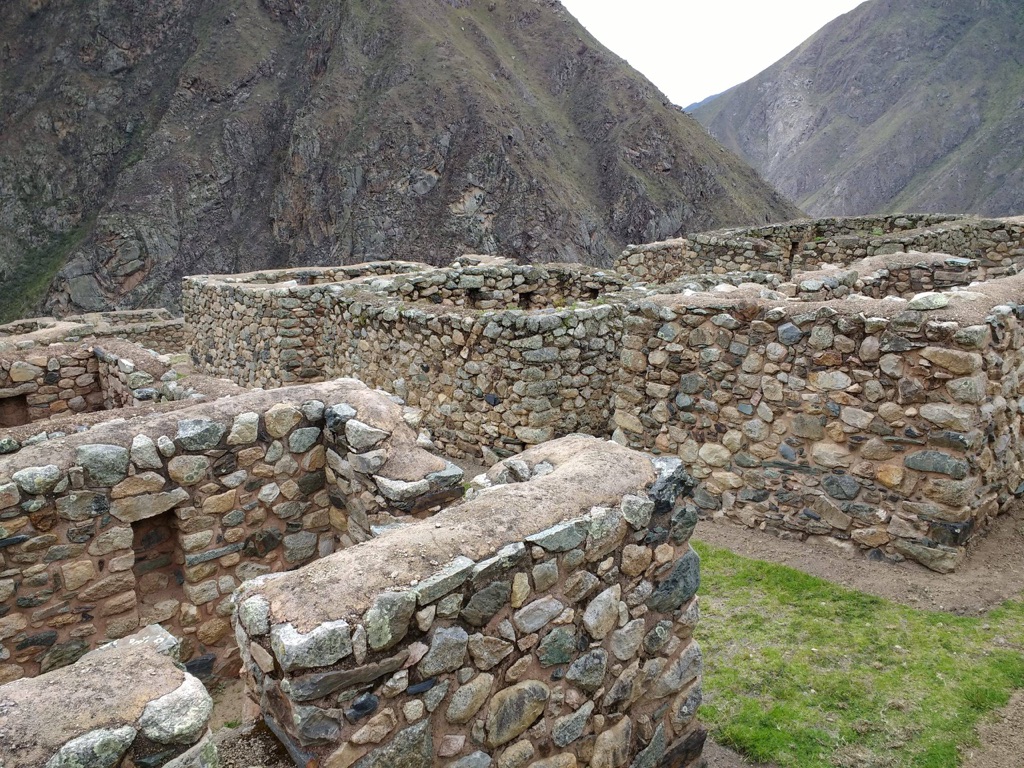
The Inca Empire’s decline began with the Spanish arrival in 1532. The Spanish, led by Francisco Pizarro, captured the Sapa Inca Atahualpa in the Battle of Cajamarca in 1532.
Despite the capture and execution of Atahualpa, the Inca continued to resist the Spanish. The last Inca stronghold, Vilcabamba, was conquered by the Spanish in 1572, marking the end of the Inca Empire.
Although the Inca Empire lasted for a relatively short period, it left a lasting impact on the culture and history of South America.
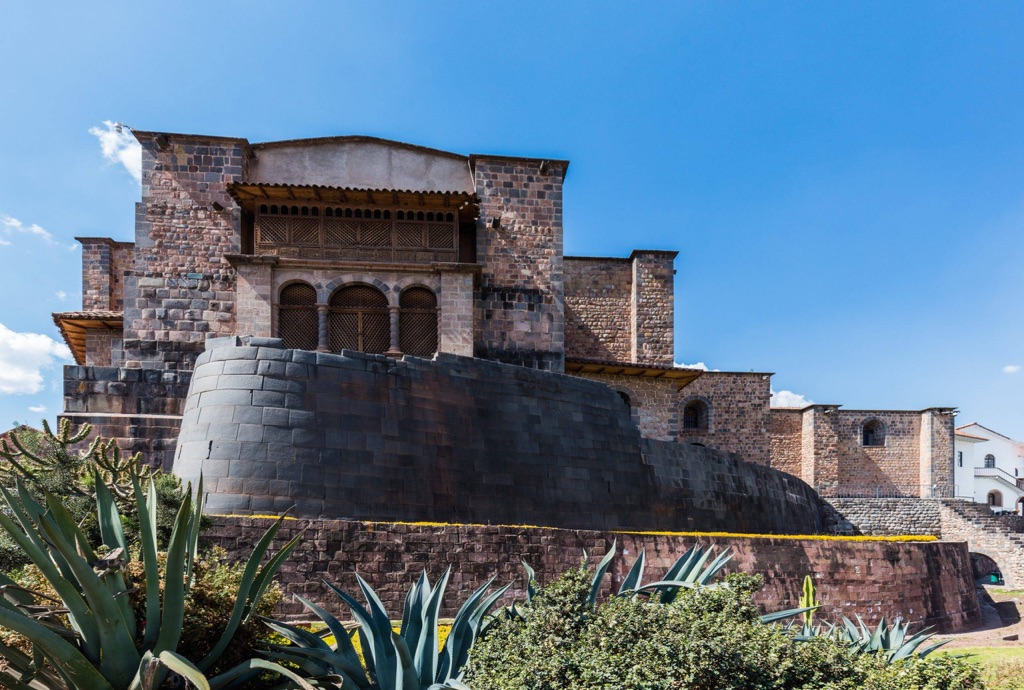
What were the Inca known for?
The Inca were known for their unique architecture, complex agricultural techniques, and a societal structure that was both sophisticated and diverse.
Inca architecture is characterized by its precision and functionality. The most iconic example of Inca architecture is Machu Picchu, a 15th-century Inca citadel located in the Eastern Cordillera of southern Peru.

The Ancient Inca developed complex agricultural techniques to cultivate the diverse ecosystems of their empire. They built terraces on the steep Andean mountainsides for farming and developed a sophisticated irrigation system.
The Inca society was hierarchical, with the Sapa Inca at the top. The society was divided into ayllus, or kinship groups, which formed the basis of Inca social organization.
The Inca also had a complex system of taxation, which required every Inca citizen to contribute labor to the state, a system known as mita.
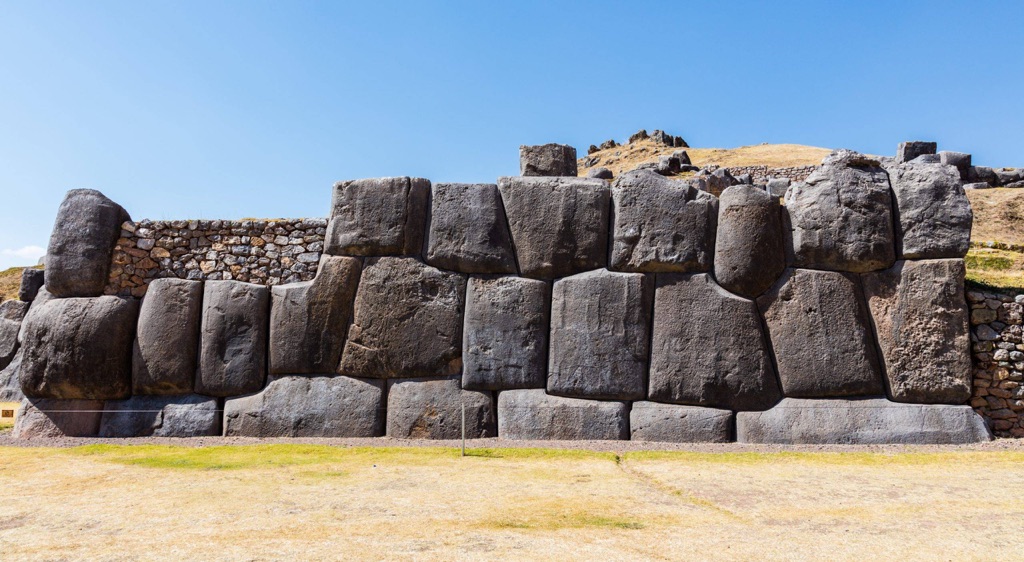
Did the Ancient Inca write and keep records?
The Inca did not have a written language in the way we understand it today. Instead, they used a system of knotted strings called quipu to keep records.
Quipu, also known as “talking knots,” were used to record numerical information, such as census data, tax obligations, and military organization. Each knot and its position on the string had a specific meaning.
Despite the lack of a written language, the Inca had an oral tradition of storytelling. Historical events, myths, and legends were passed down from generation to generation through oral narratives.
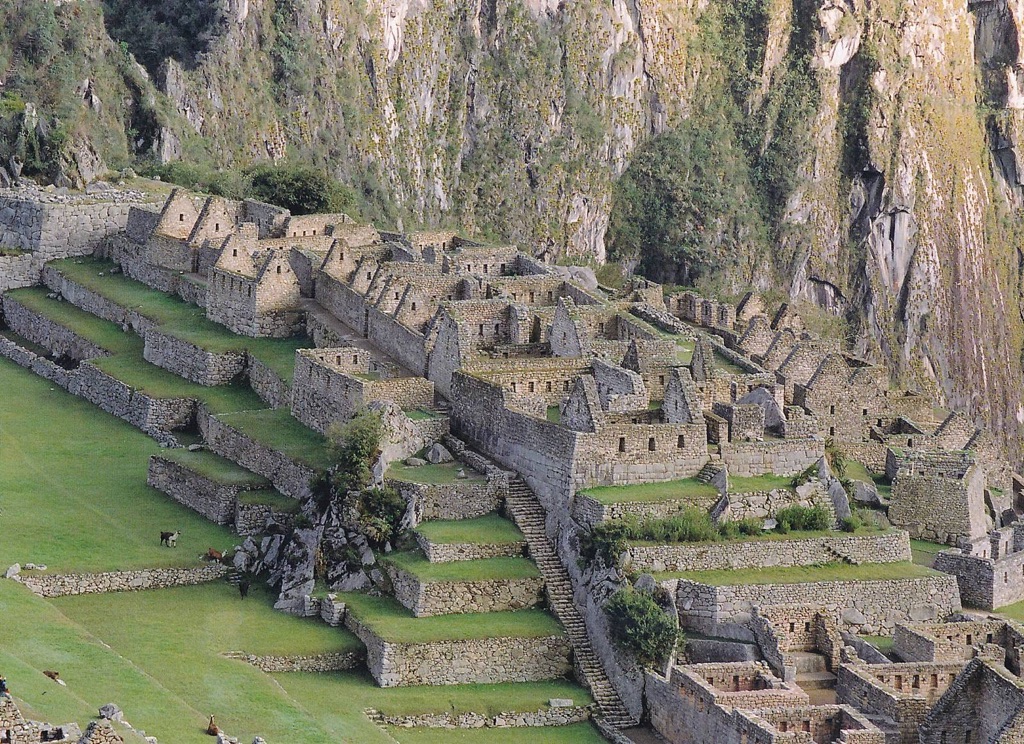
While the exact method of reading quipu is lost, ongoing research and study of existing quipu are providing new insights into this unique form of communication.
The Ancient Inca’s ability to manage an empire without a written language is a testament to their administrative skills and the sophistication of their civilization.
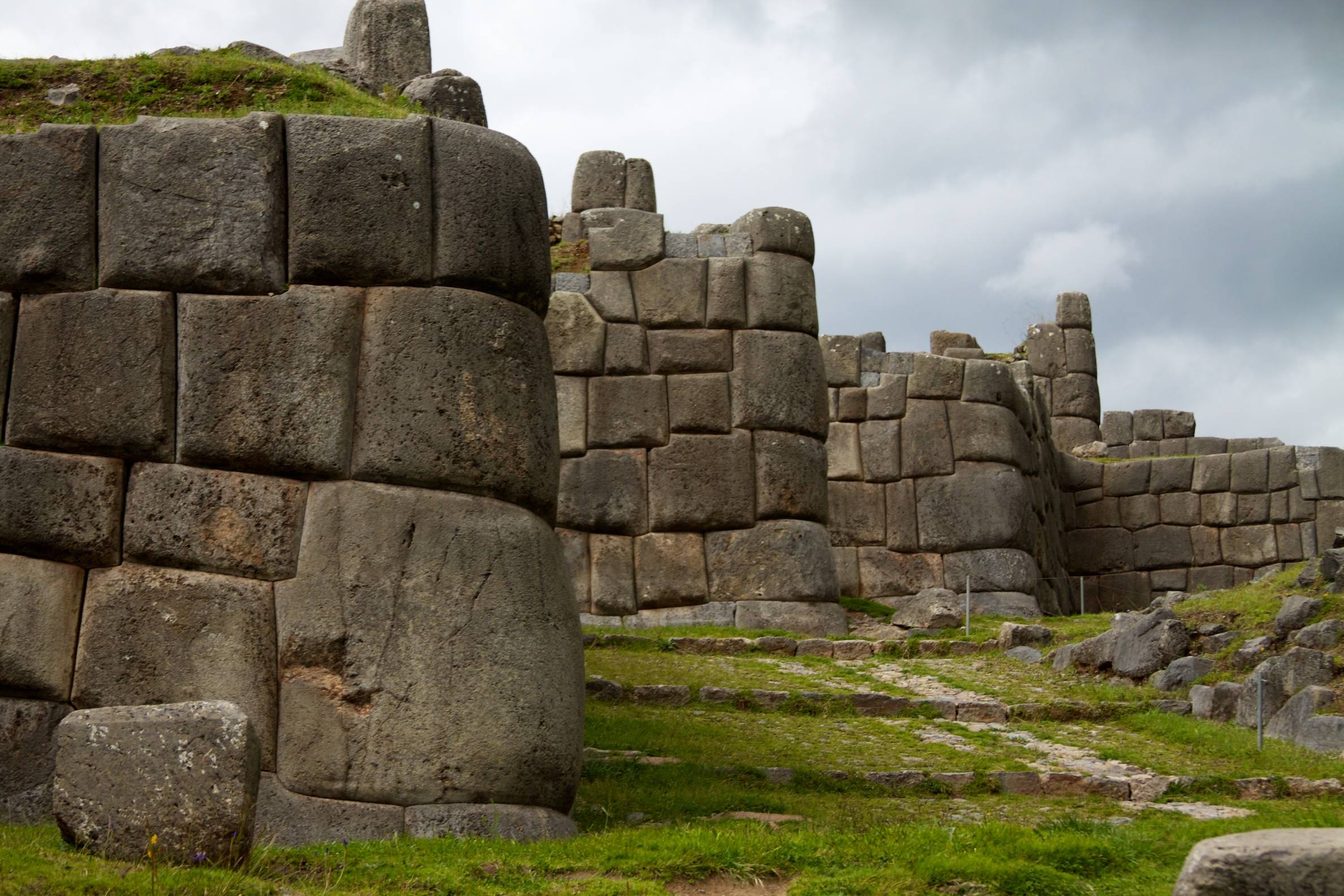
What was the Ancient Inca Religion?
The Inca religion was polytheistic, meaning they worshipped multiple gods. The Inca believed in a creator god, Viracocha, who created the world and everything in it.
The Inca also worshipped Inti, the sun god, who was considered the ancestor of the Inca. The Sapa Inca was believed to be the son of Inti, which legitimized his rule.
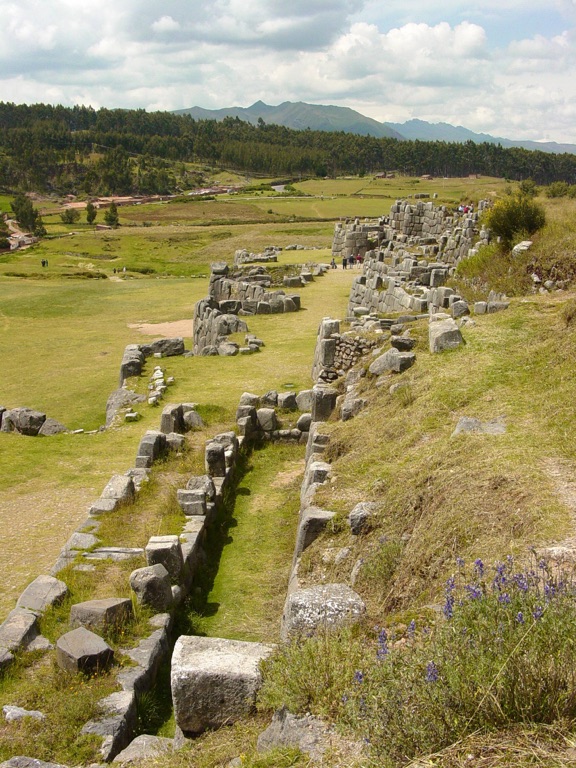
The Inca believed in life after death and practiced mummification. The mummies of past Sapa Incas were treated with great respect and were often consulted on important matters.
The Inca held numerous religious festivals throughout the year, the most important of which was the Inti Raymi, or Festival of the Sun. These festivals involved sacrifices, dances, and processions.
The Inca religion played a central role in Inca society, influencing their daily lives, political structure, and cultural practices.
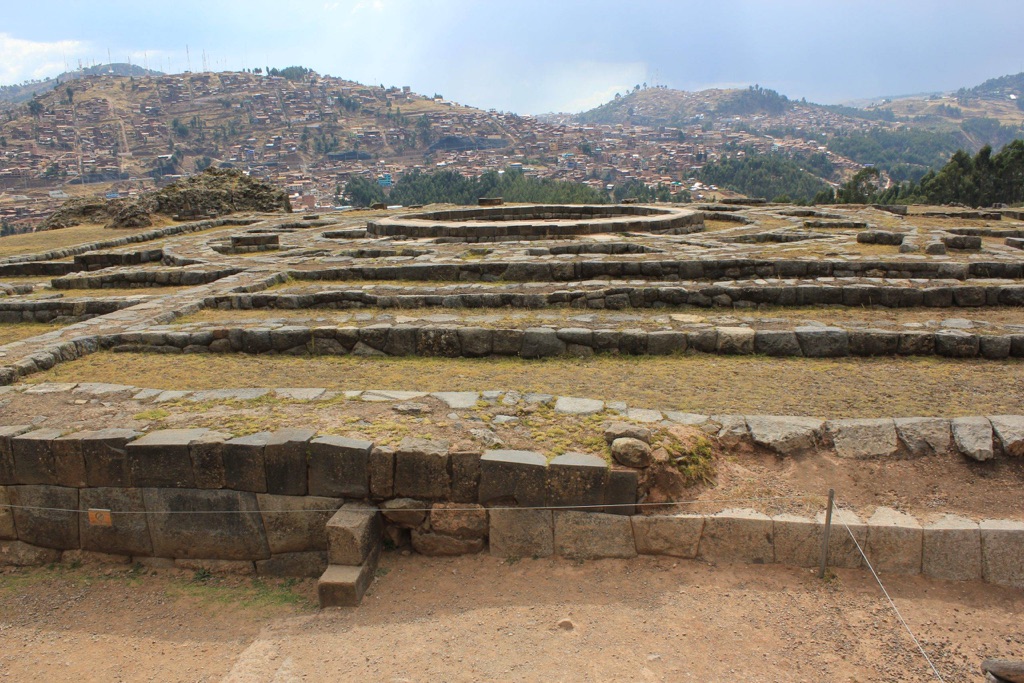
Conclusion and Sources
The Inca Empire, with its unique architecture, complex agricultural techniques, and sophisticated societal structure, is a fascinating chapter in human history. Despite the lack of a written language, the Inca managed to administer a vast empire through a system of quipu and oral communication. The Inca religion, with its pantheon of gods and numerous festivals, played a central role in Inca society.

For further reading and verification of the information provided, please refer to the following sources:

